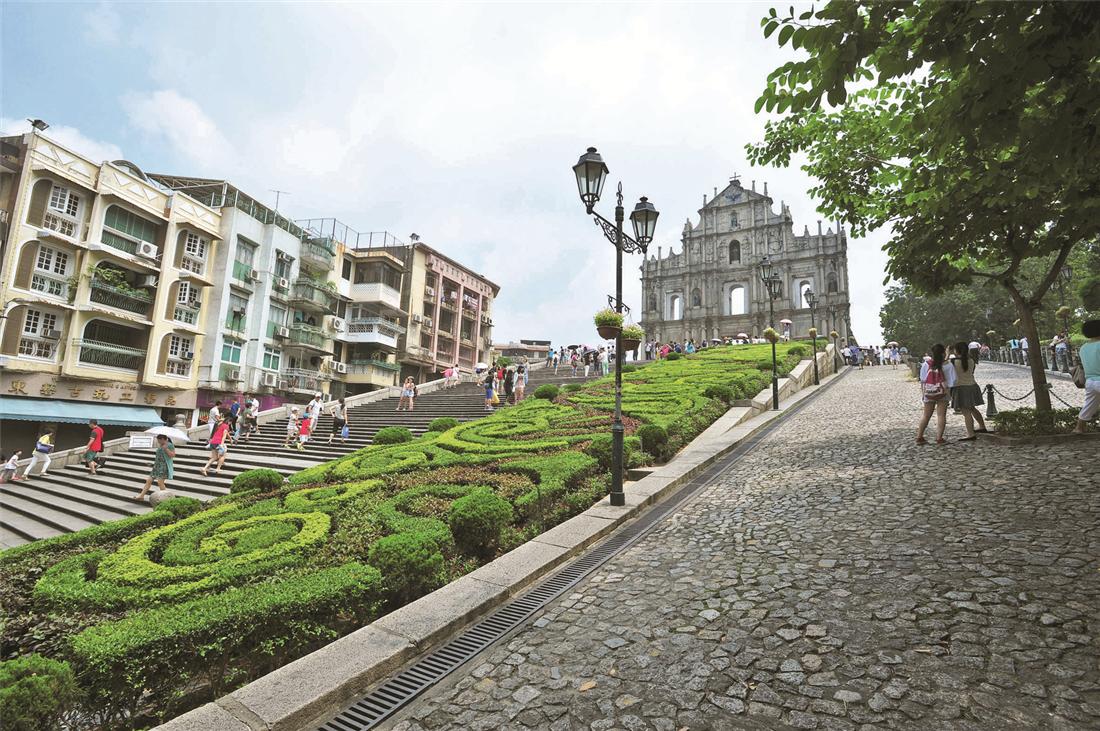Poetic Association between Tang Xianzu, Wu Yushan and St. Paul’s Church
The St. Paul’s Church of the past, St. Paul’s Ruins of today, was once a popular visiting destination of Chinese poets. During the Qing dynasty, Yin Guangren, the Commissioner of Military and Civil Affairs for Maritime Defense of Macao, included the Church into the “Ten Sceneries of Macao” depicted in his poems. He titled it as “Bell-ringing of St. Paul’s Church at Dawn”.Born in Changshu county of Jiangsu province, Wu Yushan (1632-1718) of Ming dynasty had the closest association with St. Paul’s Church amongst all other poets. Upon arrival to Macao in 1681, he resided in Rua dos Curtidores of the Patane district. After three years of studies in the St. Paul’s College to become a missionary, he return to Shanghai city and engaged in missionary work in Jiading district.
Tang Xianzu, a Chinese poet and playwright of the famous Chinese opera “The Peony Pavilion”, had visited the St. Paul’s Church much earlier than that of Wu Yushan. During the reign of Emperor Wangli of Ming dynasty (1573-1620), Tang travelled all the way from his homeland Jiangxi province to Macao via Guangzhou. During his stay, the magistrate of Xiangshang County sent in officials to pay him company in his visit of St. Paul’s Church and other sightseeing spots. By the time he left to assume an official post in Xuwen County of Guangdong, he had written four poems about the city. The script of “The Peony Pavilion” was completed during his appointment in Xuwen and parts of the story line were inspired by what he saw and experienced in Macao.











